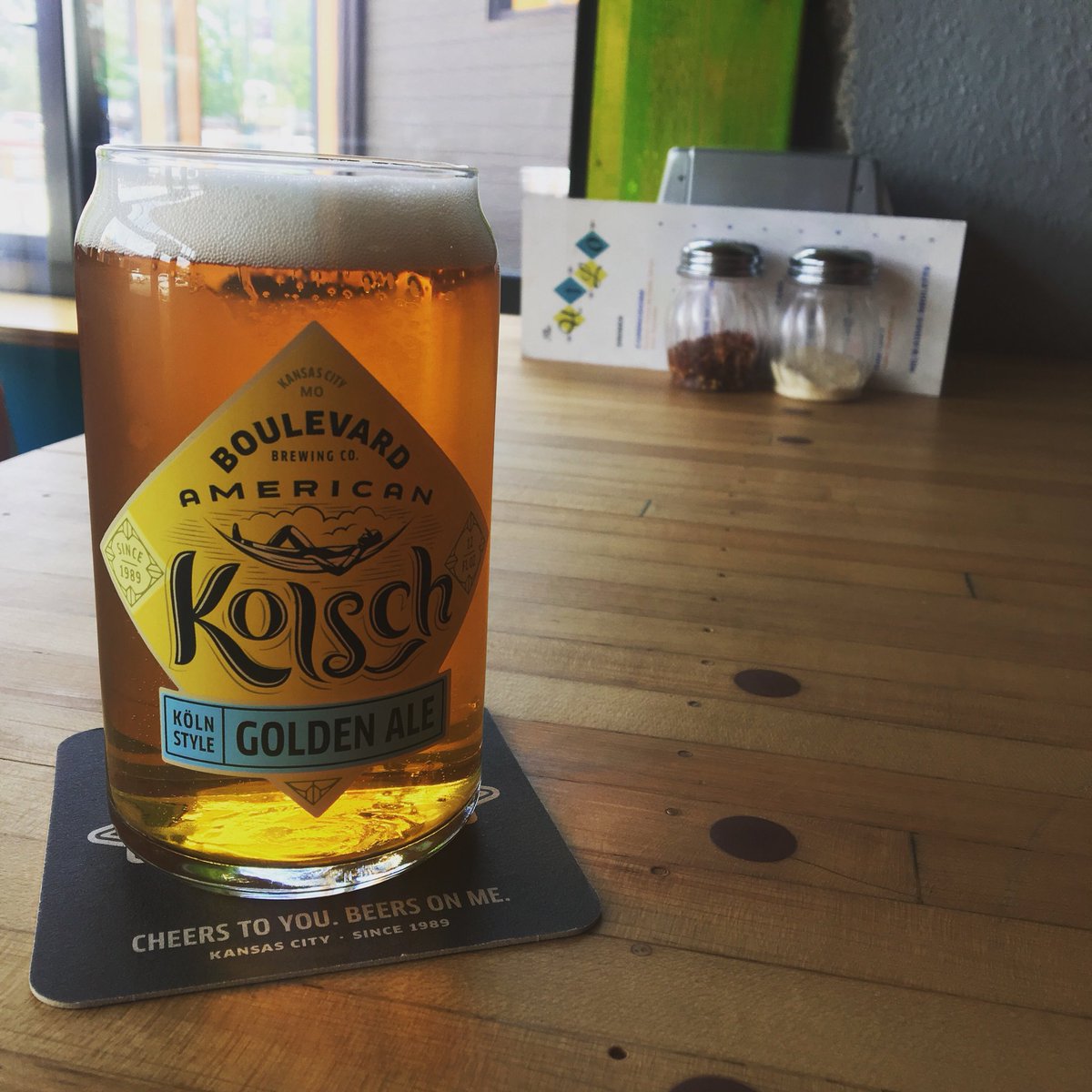Summer. Proper hot summer. Half the folk you want to see at work to get things done are off on vacation. Half the places you want to waste some time in are filled up with tourists. And half of the ways you’d want to waste your time are not possible because your provincial government owned liquor store bought a new wholesale distribution system that does not seem to work and has left shelves emptying. Jings. There better be Pimms for my weekend’s punch bowl, that’s all I can say.
What else is going on? First, Merryn has continued to explore malting with a tweet thread this week gathering some sources in support of a series of posts by Simpsons Maltings, like this one on the elements of the steeping stage. Reminds me of that Anglo-Norman children’s guide to malting from the mid-1200s:
Now it would be as well to know how to malt and brew
As when ale is made to enliven our wedding feast.
Girl, light a fennel-stalk (after eating some spice-cake);
Soak this barley in a deep, wide tub,
And when it’s well soaked and the water is poured off,
Go up to that high loft, have it well swept,
And lay your grain there till it’s well sprouted…
Traditional brewing practices like these are actually easy enough to identify… but rarely discussed given the trend to adulteration… err… innovation. Ask detractors to show you the soles of their shoes to check if they are boosters.
More than a bit of shock and dismay expressed in the American mid-Atlantic over the closing of Mad Fox brewpub of Falls Church, Virginia:
In the closing announcement, Madden cited the difficulties with the brewpub business model and the rise of breweries in the surrounding area contributing to an “extremely competitive craft beer market.” “When we opened in 2010, there were 40 breweries in Virginia. Now there are close to 250,” Madden said in the post. “The Brewpub business model is a tough one to maintain compared to a Brewery Taproom with little overhead, lower rents and outsourced food trucks. Our draw from the surrounding areas has dwindled in what has become an extremely competitive craft beer market, which has resulted in this final decision.”
Tom Cizauskas shared some background:
Mr. Madden is a successful doyen of the area’s ‘craft’ beer scene, both with Mad Fox and for a quarter-century before that. Beyond his own personal successes, he has mentored area brewers, he has organized beer festivals for brewers (beginning back when that concept was foreign), he was co-instrumental in bringing good beer to Washington baseball.
Don Cazentre wrote about another odd example of that competitive market out there, a Syracuse brewery called…
Anything But Beer, which Berry runs with Logan Bonney, makes alcoholic beverages from a base of fruits and vegetables instead of the barley malt used in most traditional beers. The beverages, which include hard ciders, are carbonated like beer and are about the same strength as many beers — 6 or 7 percent alcohol. They’re served by the pint at bars and restaurants, like beer. They are gluten-free and vegan-friendly. Flavors run the range from strawberry lime and ginger chai to Irish whiskey apple.
Weird. Fancy Zima. Speaking of which, one of the sadder things about good beer these days is there seems to be an expectation that not only do you as the happy beer consumer have to care about the PR characterization of brewery ownership props as presented but now the cult of personality has been extrapolated into sale channels. Just look at this hot heroic mess:
Dealings related to The Bottle Shop’s liquidation mark a renewed interest from ABI’s Beer Hawk in expanding its wholesale trade platform, which has been operating for 18 months. Andrew Morgan, who founded The Bottle Shop, will be joining Beer Hawk to oversee this area of its operations. Roberts said that Beer Hawk plans to accelerate its wholesale activities, and that Morgan possessed unique skills to achieve that.
Nothing against the individuals named – but does anyone without an interest in a piece of the cash flow really care? Does anyone doubt that the skills might just be unique? Just another sort of marketing blurt. Matt had a cooler head when he noted it’s all just about receivership and administration, aka the accountants. He also noted that ratebeer and Beerhawk now are working not at arm’s length:
Interesting to see that @ratebeer shop is now “officially” live in the UK. Currently listing 372 beers, all directly linked to sister company @TheBeerHawk.
Continuing on, I like this article in Pellicle on foraging for tasty brewing adjuncts in Ohio even if the continued misuse of terrior* rivals only the needy puffery of those who toss around curate to mean select:
“It was just supposed to be a clean, monoculture saison,” Brett says as he picks bright green buds from the sagging spruce branches. “The morning of the brew day, I said, ‘You know, I just don’t want to do that.’ So I drove out and picked three pounds (1.4kg) of spruce tips.”
Foraging, however, is an excellent word that needs no turd buffing to convey meaning.
Lastly, Lew Bryson wrote of his unnatural admiration for Naturdays, a discount line of fruit beer produced by Anheuser-Busch InBev:
I have to admit, I’m two cans into a six-pack while writing this article. Pink and yellow, flamingo-decorated cans. I bought it out of a sense of duty and fairness, because if you’re going to pick something apart, you should have tried it. But once I opened a can, and tasted that first cold, sweet-tart slug, duty and fairness went out the window, and I was just another guy on a hot summer night, ripping my way through a pounder of Naturdays.
Yum. And that’s it for now. I need to plan the weekend. Where shall I lay upon the grass within reach of a few weeks to pick from the carrot patch so that I can claim I did a chore as I suck Pimms Punch from a wriggly jiggly straw? Such an exciting decision. There should be more beer news from Boak and Bailey on Saturday but Stan..? I still don’t know. He may well be in Brazil for another week and, so, on another hiatus. See ya!
*If it isn’t about the terre, it’s not about terrior. Vernacular is useful. As might be indigenous. Probably local makes most sense. Or just explain what you did. Adjectives are a waste of time.









